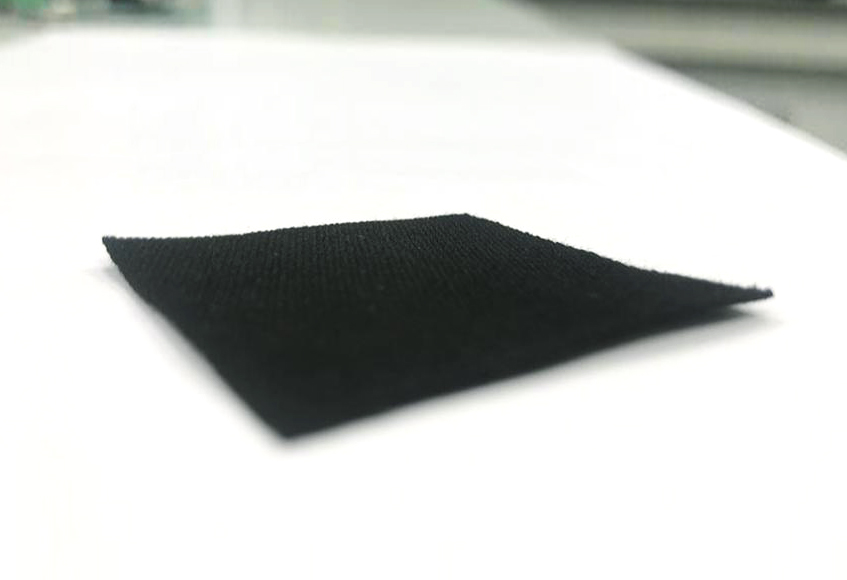In today’s world, there is a global problem – inevitable climate change and atmospheric composition due to the impact of greenhouse gas emissions. The main impact comes from carbon dioxide (CO2), a contentious compound of carbon and oxygen. While naturally occurring, it’s largely produced by burning fossil fuels, now posing the greatest threat to life.
Carbon dioxide, essential for trapping heat and preventing the Earth from freezing, is now driving global warming due to uncontrolled emissions from burning coal and other carbon-based compounds at power plants and industrial sites.
Despite advances in alternative energy sources like solar, wind, and hydropower, they can’t fully replace carbon-based energy. Researchers are working on carbon capture and storage (CCS) technology to control emissions, reduce pollutants to zero, and safely manage waste without energy loss.
What is an Electrified Charcoal Sponge?
The scientists of the University of Cambridge have invented a reasonable and energy-efficient manufacturing of special materials, which capture CO2 directly from the air (DAC). This innovative technological solution is called Electrified Charcoal Sponge.
This innovative material blends the unique properties of carbon with electrical conductivity. Its porous structure makes it ideal for applications like filtration, energy storage, and electrochemical processes. With high porosity, a large surface area, and excellent conductivity, it is becoming a crucial component in modern technology. Electrified carbon sponge is highly effective at capturing CO₂ from the air. Its large surface area and porous structure allow it to trap carbon dioxide molecules efficiently.
Electrified carbon sponge is a game-changing material with wide-ranging applications, from environmental conservation to energy solutions. Its distinct characteristics position it as a crucial tool in combating climate change by reducing greenhouse gas levels in the atmosphere.

How Does it Work?
To mitigate CO2 emissions, Cambridge researchers team applied the filtrating method, based on an adsorption process. How does this work? In this process, “dirty” gas molecules stick to the surface of activated carbon as air flows through it, thanks to the carbon’s affinity for these molecules.
However, the challenge with this material was its difficulty in capturing and holding onto CO2 from the air. The solution was to use a “charcoal sponge” that forms reversible bonds with CO2 ions. This charged material now effectively captures carbon dioxide directly from the air.
The process of carbon capture is heat-consuming and requires maintaining a certain temperature regime. Recent breakthroughs reveal that charcoal can achieve the same results at a much lower temperature range of 90-100°C. This makes the technology not only more energy-efficient but also more affordable. Moreover, the versatile pores and ions in the charcoal sponge can be tailored to trap various chemicals, hinting at exciting possibilities for new applications and materials.
Additional devices are designed to make reading more comfortable. The modern consumer is offered various functional products. Let’s look at the most popular ones.
The Future of Electrified Charcoal Sponge
Given the environmental harm caused by non-renewable energy sources, it’s essential to investigate alternatives that are both technically and economically viable, tailored to each country’s resources. The charcoal sponge emerges as a promising option for controlling CO2 emissions and mitigating pollution. With its distinct characteristics and numerous potential development paths, the future for electrified carbon sponges appears promising.
Power and storage solutions
Carbon sponges significantly boost the performance of supercapacitors and batteries. Their high surface area allows for greater energy storage, which translates to increased capacity. Additionally, their exceptional conductivity improves charge and discharge rates, leading to more efficient and faster energy storage and release.
Environmental protection
These sponges play a crucial role in environmental protection by capturing CO₂ from the air, thereby helping to reduce greenhouse gas levels and mitigate climate change. Additionally, they are employed in filtration systems to effectively remove pollutants from both water and air.
Electronics and healthcare technologies
In electronics, carbon sponges improve efficiency and flexibility by providing superior conductivity and adaptable surface properties. As for healthcare, carbon sponges enhance the performance of biosensors, leading to more accurate diagnostics, and improve filtration systems.
Eco-friendly construction and management systems
Integrating carbon sponges into building materials boosts both energy efficiency and sustainability by improving thermal insulation and reducing energy consumption. They also enhance process control systems by improving electrochemical and catalytic performance.
Science and innovation
Research into modifying carbon sponges has the potential to create new materials with innovative and distinct properties. Ongoing studies and technological advances may reveal additional applications and refine current technologies.
Utilizing coal sponge addresses issues related to reducing non-renewable resource use, environmental impact, and economic potential. As a widely adopted technology, charcoal purification offers the opportunity to establish a new, sustainable value chain. The University of Cambridge is currently focused on bringing this technology to market, aiming to move from research and development to practical applications that can benefit a variety of industries.




